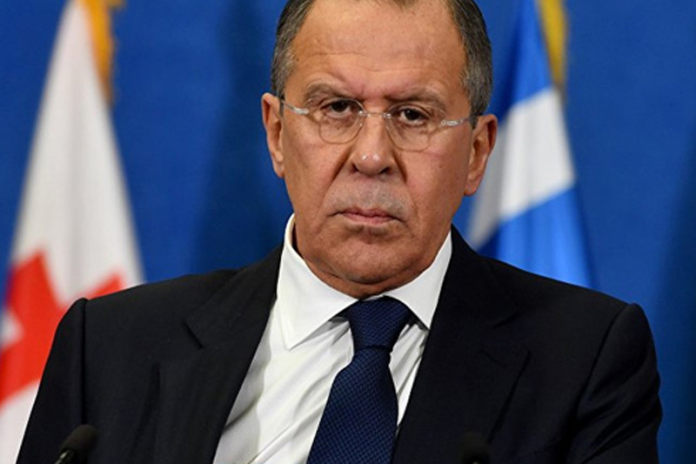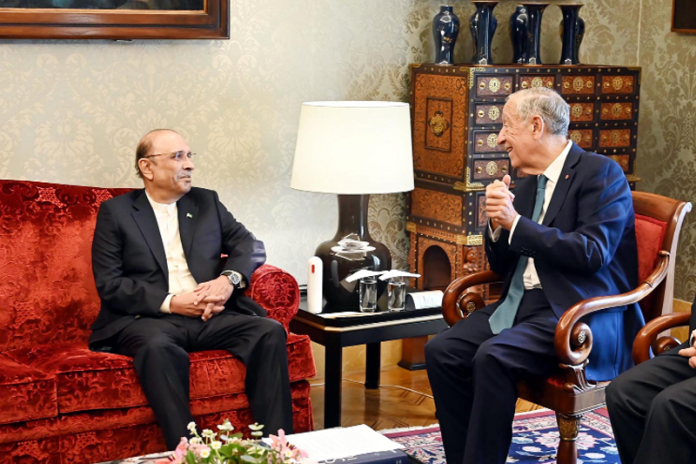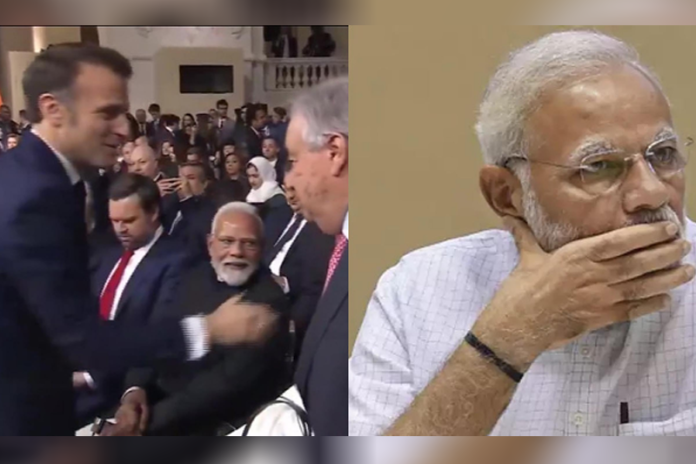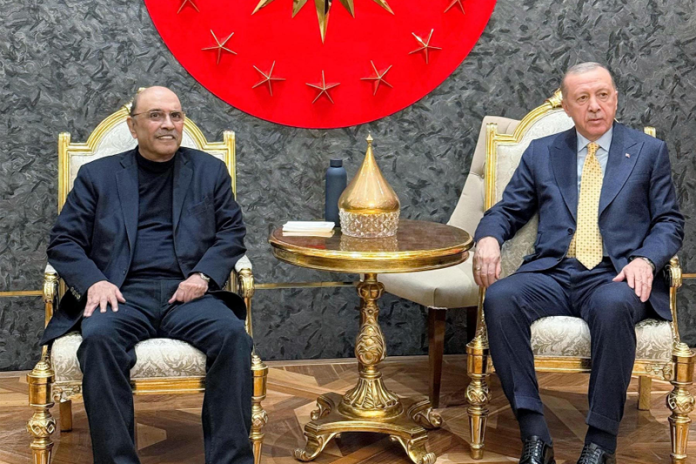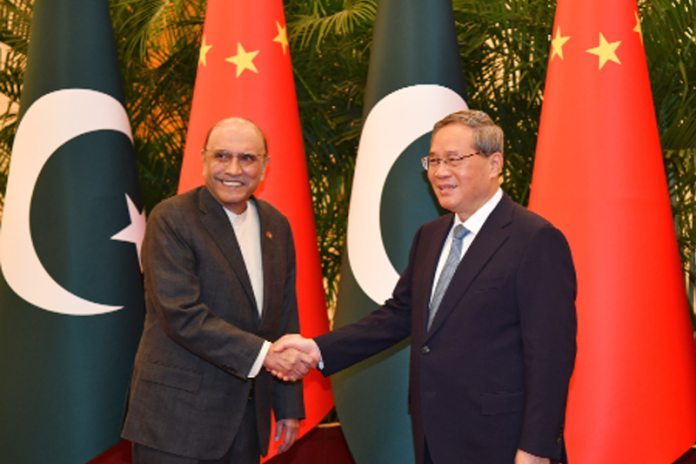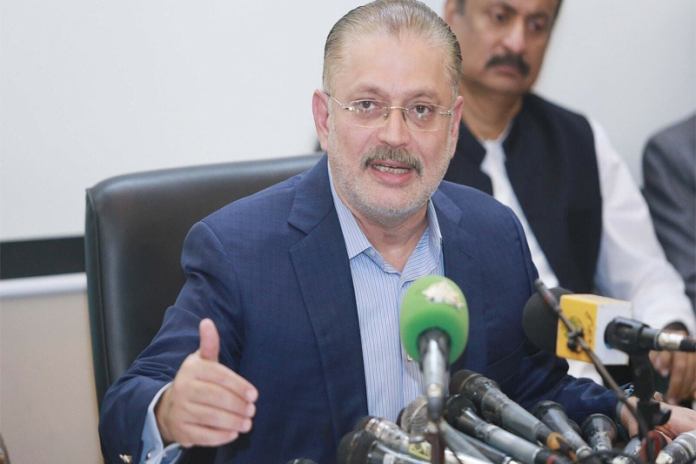‘He led by example, and left a living legacy’
SHAHEED HAKIM MOHAMMED SAID
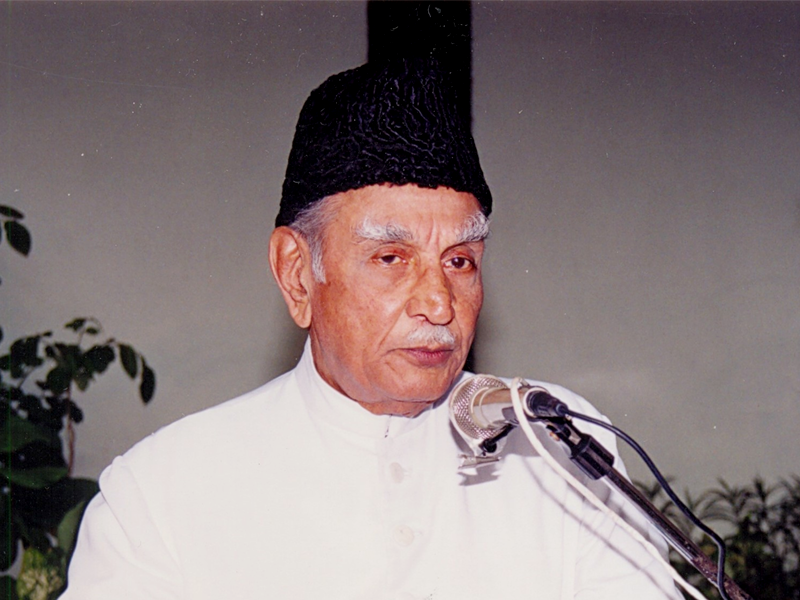
- 373
- 0
Born in 1920, orphaned at 2, brought up by a remarkable young widowed mother who kept her late husband’s business running,
mentored by his older brother (Abdul Hameed), young Mohammed Said, after his initial schooling, studied and trained in Unani (Graeco-Arab) Medicine, as did his brother. They both had before them the shining example of their father, Hakim Hafiz Abdul Majeed, who, though he died at only 39, had made a name for himself and the establishment he had set up in 1906 – Hamdard. It has continued to live up to its name, which means ‘sharer of pain’ or ‘sympathizer’.
Hamdard Pakistan (1948)
Hakim Mohammed Said migrated to Pakistan in 1948, and established Hamdard in Pakistan the same year. His father’s Hamdard had been a 1-room shop in Old Delhi, divided in two by a curtain. Hakim Mohammed Said too started Hamdard in Karachi in 2 rooms, rented in Aram Bagh. That matab is still operational – and, ironically, it was outside its doorstep that he was assassinated in 1998 – ending his career in Pakistan where he had begun it. But 70 years after its birth, that clinic has been joined by scores more, till there is a nationwide network of free Hamdard matabs, where patients are examined and diagnosed without cost, and only the very economically priced medicines need to be bought.
Waqf (1953) and then
Foundation establish ed (1964)
A mere 5 years later, in 1953, Hamdard had already established a reputation for quality herbal medicaments and health-care. But instead of reaping the benefits for himself, Hakim Mohammed Said converted it into a Waqf, the profits of which were – and are – used for Allah’s work: charity, nation-building, and culture-promoting activities. Some years later in 1964, the Hamdard Foundation Pakistan was formed, to take considered decisions about the disbursement of the Laboratory funds and lay down guidelines for Hamdard’s activities, which continued to widen.
Hamdard Free Mobile
Dispensaries (1953)
In 1953, one vehicle was provided with free health-care facilities for the needy at their doorsteps, in remote areas of Karachi. Today, there is a fleet of 22 of these – each carrying a trained hakim and herbal medicines. They serve eleven cities of the country, and reach and treat over 450,000 people every year.
Hamdard Naunehal (1953)
Also in 1953, Hakim Mohammed Said started publication of an Urdu monthly magazine for children. Its aim was ‘infotainment’ as well as character development – and unconsciously the young readers learnt good language skills. Over 66 years later it is still going strong! A provincial governor once said he had almost been brought up on Naunehal!
Hamdard Tibbia College (1958)
1958 saw Hakim Mohammed Said’s first venture into education. Today, it is known as the Hamdard Al-Majeed College of Eastern Medicine and forms a Faculty of the Hamdard University, o_ering a 5-year HEC recognised degree course in Unani medicine.
Sham-e-Hamdard (1961) and Shura Hamdard (1995)
The former became one of the best-known and popular forums in the country, hosting seminars and lectures in major cities, every month. This was converted into Shura Hamdard Pakistan and continues as a platform for thinkers, writers, poets, and historians, discussing national issues, making recommendations for concrete steps, which are sent to concerned government departments.
Bazm-e-Hamdard Naunehal (1985) & Hamdard Naunehal
Assembly (1995)
The former was converted to the latter. Children between 8 and 15 are given a forum to voice their thoughts on important issues. Not only does this increase awareness, it is excellent training for confident self-expression.
Well-known media and political personalities have emerged from these sessions. They are held monthly in major Pakistan cities.
Hamdard Public School (1987)
One of Hakim Mohammed Said’s most cherished ideals was to help in spreading education – and not just subjects in the curriculum, but also a grounding in moral values and those cultural norms which were worth preserving.
Focus on high standards of such an education was the purpose of establishing Hamdard Public School, with no more than 30 pupils per class, so as to ensure adequate teacher’s attention. Excellent results in examinations bear witness to the success of achieving this goal. Pleasant environment and sports facilities add to the good experience.
Bait al-Hikmah Library (1989)
Bait al-Hikmah is the main library at Hamdard University, Karachi. It opened in December 1989.Bait al-Hikmah Library has large collection of books and journals on di_erent subjects and in differrent languages, covering Science and Technology, Medicine, Management Sciences, Indo-Pakistan History, Islam and Religion, Traditional/Alternative Systems of Medicine, Social Sciences and Jurisprudence besides Urdu, English, Arabic and Persian Literature, as well as departmental specialised libraries of the Hamdard University at College of Medicine, College of Eastern Medicine, Institute of Management Sciences, Institute of Education and Social Sciences, Institute of Information Technology, Faculty of Pharmacy and Faculty of Legal studies which meet the needs of their students and teachers to a considerable extent.
Hamdard University (1991)
Situated in Madinat al-Hikmah: City of Education, Science and Culture, on the outskirts of Karachi, is the ever-expanding Hamdard University – the largest private one in Pakistan. It has 7 faculties, also city campuses, and one in Islamabad. It is unique in o_ering degree courses in both eastern and allopathic medicine, and the first to recognize and give faculty importance to Information Technology (IT).
Hamdard Village School (1997)
Not content with only catering to the educational needs of middle and upper classes, Hakim Mohammed Said opened the unique Hamdard Village School for the children of villages surrounding Madinat al-Hikmah. Not only was the tuition completely free, but books, stationery, schoolbags, uniforms, and shoes were (and are) provided gratis. Vocational training is also provided. Starting from a suspicious and reluctant handful in 1997 the student numbers have swelled to over 700. Not just that, they have competed in inter-school events and won prizes!
Hamdard University
Hospital (1997)
Hamdard University Hospital (aka Taj Medical Complex) is not only a teaching hospital for its undergraduate, graduate, and postgraduate medical students, it is a fully functional 300-bed hospital, providing the best possible treatment to patients at subsidized rates.
Published in The Daily National Courier, January, 09 2023
Like Business on Facebook, follow @DailyNCourier on Twitter to stay informed and join in the conversation.










